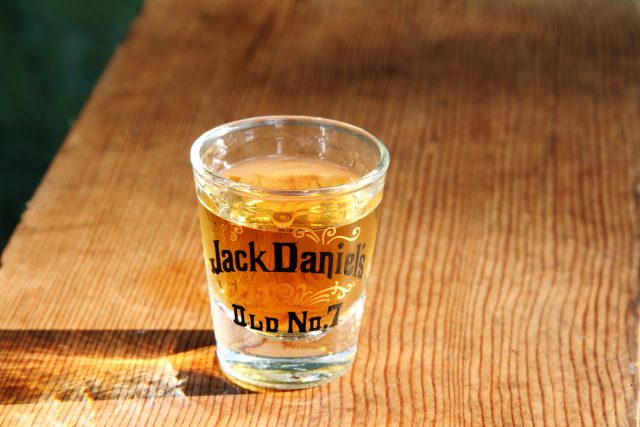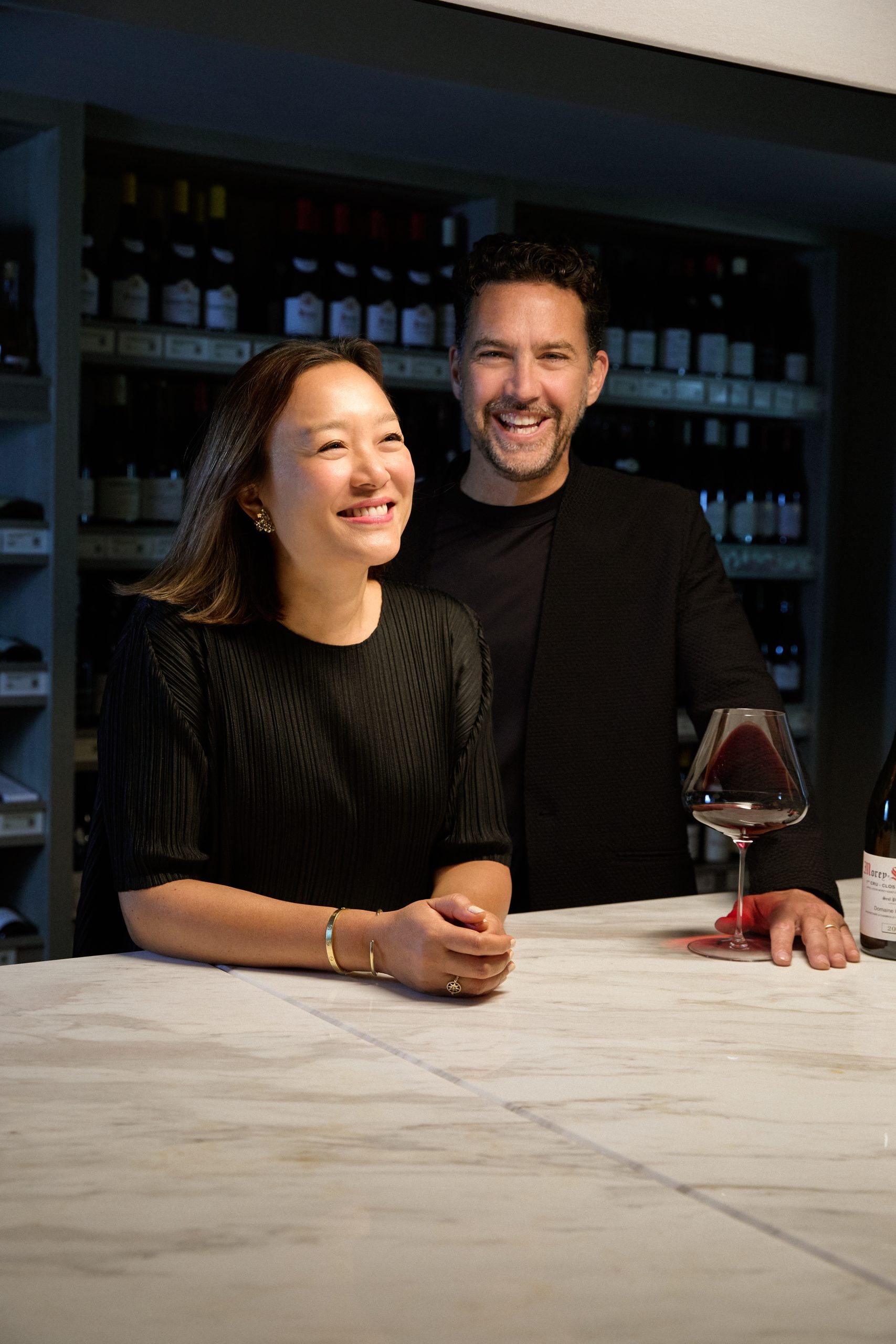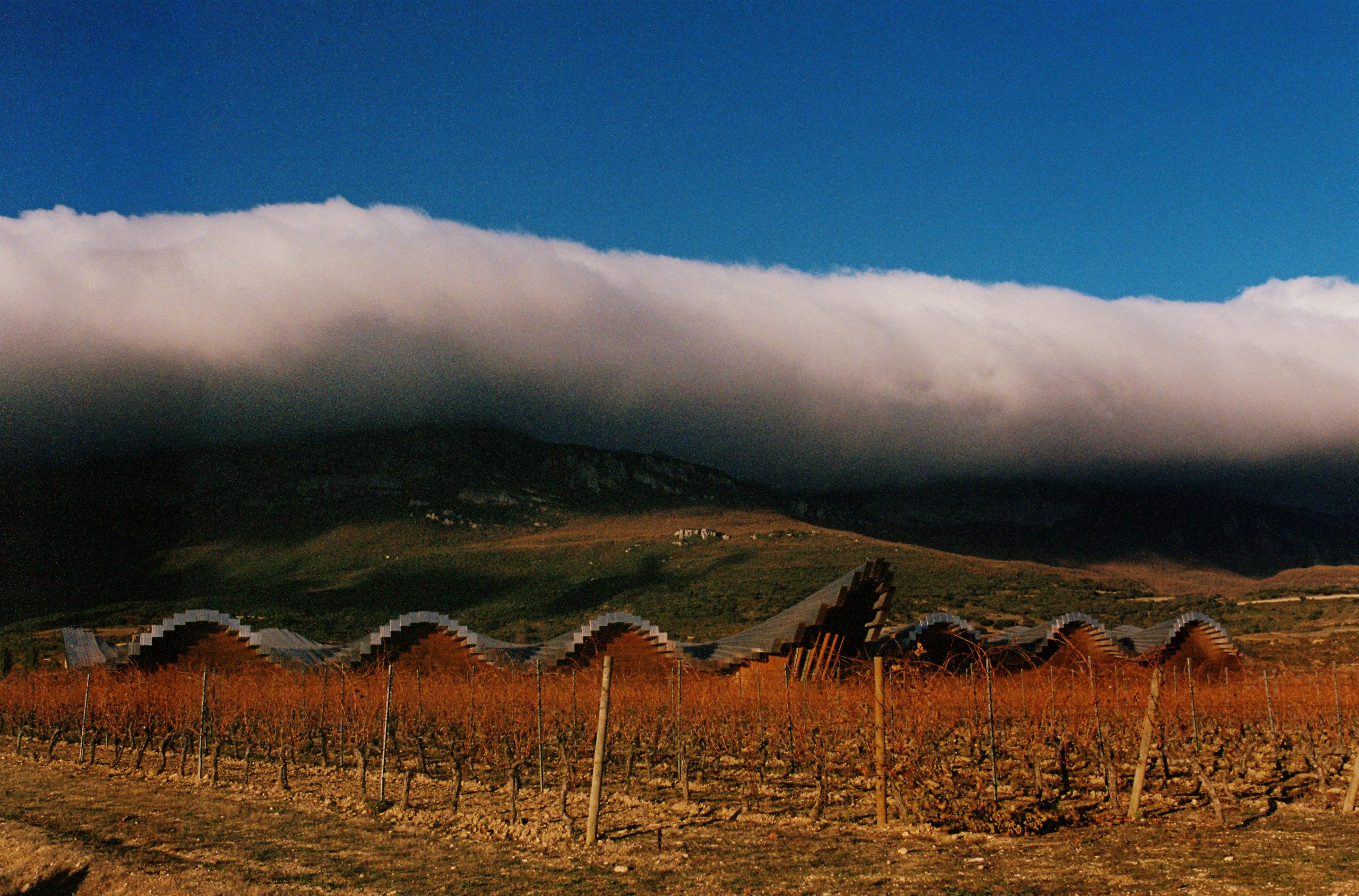Who will survive the era of the price rise?
As the financial results pour in for the major drinks companies, one company bucks the trend for its decisively non-aggressive pricing strategy.

LVMH’s Moët Hennessy, Diageo and Campari, among others, have all stressed in their recent results that they have resolutely increased prices to protect their margins by at least covering the increased costs they have incurred over the past 12 months.
Pernod Ricard went further still to reveal that four fifths of the 13% increase in sales it achieved in the year to the end of June 2023 were generated by extra premiumisation and price rises.
However, one company appears to be the exception to the rule, with Jack Daniel’s maker Brown-Forman taking a noticeably less aggressive view on pricing.
When presenting the Louisville company’s first quarter results last week, chief executive Lawson Whiting said he preferred a steady pattern of regular but gentle price rises in the range of 2% to 3% year on year.
“We feel comfortable that the best long-term plan is to keep in that same low-single digit range but try to do it every single year without shocking consumers or chasing them away in any way.
“That balance of volume and pricing is what we are looking to achieve”, Whiting said.
That is a central reason why, in the short-term at least, Brown-Forman has disappointed investors.
In its latest three-month figures to the end of July 2023, Brown-Forman revealed that higher input costs, including for agave, grains and wood, took their toll on profitability, while volume sales in its home US market fell by 1% after wholesalers trimmed their stocks for its pricier whiskies such as Woodford Reserve and Gentleman Jack.
Distributor inventories (the stock wholesalers hold) fell by 11% in the US resulting in an 8% fall in the company’s US net sales.
Overall costs were 14% above the same period in 2022. Advertising expenditure was 19% up.
As a result, Brown-Forman missed analysts’ quarterly profit expectations and shares fell by almost 6%, taking them to a two-month low.
First-quarter earnings per share were US$0.48 against predictions of US$0.53, with sales revenue rising by just 3% to US$1.04 billion. Net income was US$231 million, down 7% from the same period a year ago.
However, Whiting was positive about the outlook for the rest of this financial year.
Supply chain cost rises are abating, and Brown-Forman reaffirmed its annual target of organic net sales growth between 5% and 7% as consumer demand trends normalise after two years of strong growth.
It expects annual operating income to grow by between 6% and 8%, targets much in line with competitors in the global beverage alcohol sector.
Part of Whiting’s optimism is based on becoming more diversified in its range.
The New Mix RTD beverages delivered strong net sales growth of 52% in the quarter while the El Jimador Tequila brand saw net sales grow by 27%.
The recently acquired Gin Mare and Diplomático brands were also a source of optimism as sales and distribution spread.
“We continue to be confident in the strength of our people, our brands, and our business, and reaffirm our full-year fiscal 2024 guidance of 5-7% organic net sales growth and 6-8% organic operating income growth,” Whiting said.
Partner Content
The balance between shipments to stockists and their sales is falling more into balance following the difficult period last year when glass in particular was in short supply.
“Our shipments and depletions now are largely back in balance across our full strength portfolio,” he said.
A further source of optimism is the recent introduction of the Jack Daniel’s & Coca-Cola RTD, which was originally tested in Mexico and has now been rolled out in a further 10 countries, including the UK.
That accounted for much of the additional marketing spend in the quarter but Whiting implied that it was money well spent as the line picked up traction.
“We are only a few months into the launch, but similar to the initial feedback we received from Mexico, the early results from the markets are very positive. In the US, Jack & Coke is taking share across the category”, he said.
“In our European markets, we are exceeding our launch expectations. Specifically in the UK, the rate of sale for Jack & Coke is already matching Jack & Cola.”
Brown-Forman is also beefing up its distribution efforts by continuing to take its overseas sales operations in house.
It directly sells its brands in most major European markets, including the UK, Belgium, the Czech Republic, France, Germany, Luxembourg, Poland, Spain and Turkey and recently announced that next year t would end its long-standing agreement with Asahi in Japan.
To that list it is adding Slovakia which it says “has a substantial premium whiskey market with American whiskey leading the category by value”.
Related news
Ricky Gervais demands Barossa red on his tour rider




